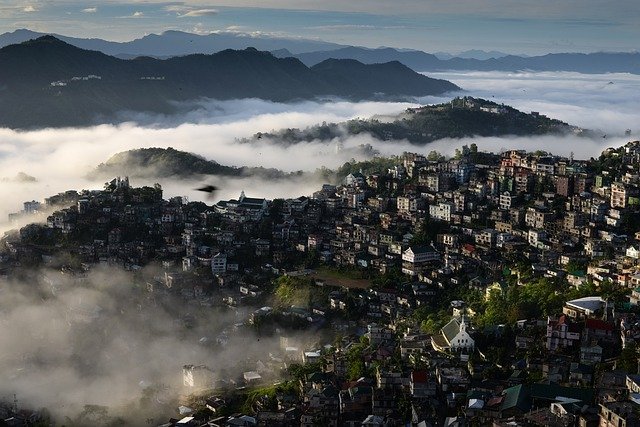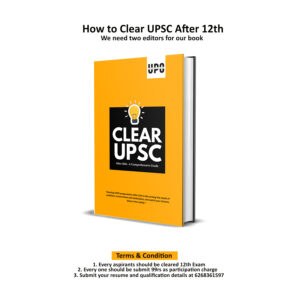Paper: 2
Geography Of India
Physical Setting: Relationships between India and its neighbours in terms of space; Relief and structure; Drainage and watersheds; Physiographic areas; Floods, droughts, climatic zones, natural vegetation, soil types, and their distributions. Mechanism of Indian monsoons and rainfall patterns. Tropical cyclones and western disturbances.
Resources: Forest and wildlife resources, as well as their conservation; Land; surface and ground water; energy; minerals; biotic and marine resources; energy emergency.
Agriculture: Infrastructure for agriculture includes irrigation, seeds, fertiliser, and power; Land holdings, land tenure, and land reforms are institutional determinants. Cropping patterns, agricultural productivity, agricultural intensity, crop combinations, and land capability are also important. Agro and social forestry, the Green Revolution and its effects on society and the environment, the value of dry farming, livestock resources and the White Revolution, aquaculture, sericulture, apiculture, and poultry, agricultural regionalization, agro-climatic zones, and agro-ecological regions are a few of the topics covered.
Industry: Locational aspects of the cotton, jute, textile, iron and steel, aluminium, fertiliser, paper, chemical and pharmaceutical, car, cottage, and agro-based sectors; Multinational corporations and liberalisation; Industrial houses and complexes, including public sector enterprises; Special Economic Zones; Tourism, including eco-tourism.
Transportation, Communication, and Trade: The complementing functions of pipeline, road, rail, water, and air networks in regional development; increasing significance of ports in domestic and international trade; Balance of trade, commercial policy, and export processing zones; technological advances in communication and information and how they affect the economy and society; the space programme of India.
Cultural Context: Indian Society from a Historical Perspective; ethnic and racial diversity; religious minorities; significant tribes; tribal issues; geographical regions; population distribution, growth, and density; Demographic characteristics include the gender-to-age ratio, age structure, literacy rate, labour force, dependency ratio, and lifespan; migration (inter-, intra-, and international) and related issues; issues and policies related to population medical indicators
Settlements: Urban developments, Indian city morphology, types, patterns, and morphology of rural settlements; Indian city functional classification; Urban sprawl, slums and related issues, conurbations and metropolitan areas, town planning; urbanisation issues and solutions.
Regional Development and Planning: Panchayati Raj and decentralised planning; Five Year Plans; Integrated Rural Development Programs; Experience with Regional Planning in India; Development of command areas; management of watersheds; planning for the development of hilly, tribal, desert, and drought-prone regions; multi-level planning; and development of island territories.
Political Aspects: The international boundary of India and related issues; State reorganisation; the emergence of new states; regional consciousness; the geographical basis of Indian federalism; terrorism that crosses borders; India’s influence on world politics; South Asian and Indian Ocean geopolitics.
Contemporary Issues: Environmental pollution, land use changes, environmental impact assessment principles, population growth and food security, environmental degradation, deforestation, desertification, and soil erosion, issues with agrarian and industrial unrest, and regional economic disparities are some of the contemporary issues. Ecological issues include environmental hazards such as landslides, earthquakes, Tsunamis, floods and droughts, and epidemics.
Read Also: https://upscpreparationonline.com/geography-optional-detailed-syllabus-for-upsc-mains-2/



